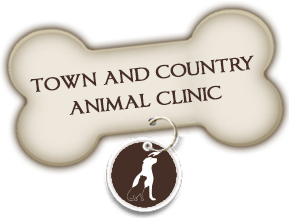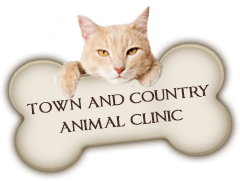Although there are no organizations in Canada to regulate pet food labeling in Canada, there are two organizations in the United States that regulate pet food labels. The FDA (Food and Drug Administration) and the AAFCO (Association of American Feed Control Officials) control how companies in the U.S. can label the bags of pet foods so we will explain their regulations and guidelines.
What to watch for on the front of the bag:
Quality is often overshadowed by advertising hype, and manufacturers want to control what you know and believe about their products.
- “Beef Dog Food”: in order for a company to place this label on the front of the dog food it must contain at least 95% of the named ingredient (ex: Beef) not counting the water added for processing.
- “Lamb and Rice Dog Food” : the two named ingredients together must make up 95% of the total weight. Also, the first ingredient listed must be the higher predominate product of the two.
- “Beef Dinner for Dogs”: if an ingredient present in the food does not make up 95% of the total weight but makes up over 25% of the total weight it can be labeled as a “dinner”. Companies may use platter, entrée, nuggets or formula with the same regulations as “dinner”.
- “Lamb and Rice Dinner Dog Food”: the combination of the named ingredients must total 25% of the product and be listed in the same order as found on the ingredient list.
- Bursts and Flags: areas of the principal display panel that are designed to highlight information regarding new products, formula, ingredient changes or improvements in taste. Most of these are limited from 6 months to 1 year. Ex: New formula, contains salmon.
- Beware if the package states the food supports “all life stages” because the product is likely to contain excessive levels of some nutrients necessary for the most demanding life stage (which is growth) and may not be appropriate for adult or senior pets. Nutritional excesses can be as harmful and are more common than nutritional deficiencies.
Next week we will discuss what to look for when reading the ingredients and how to perform a dry matter analysis to compare different brands of food.
www.TownandCountryAnimalClini.ca







